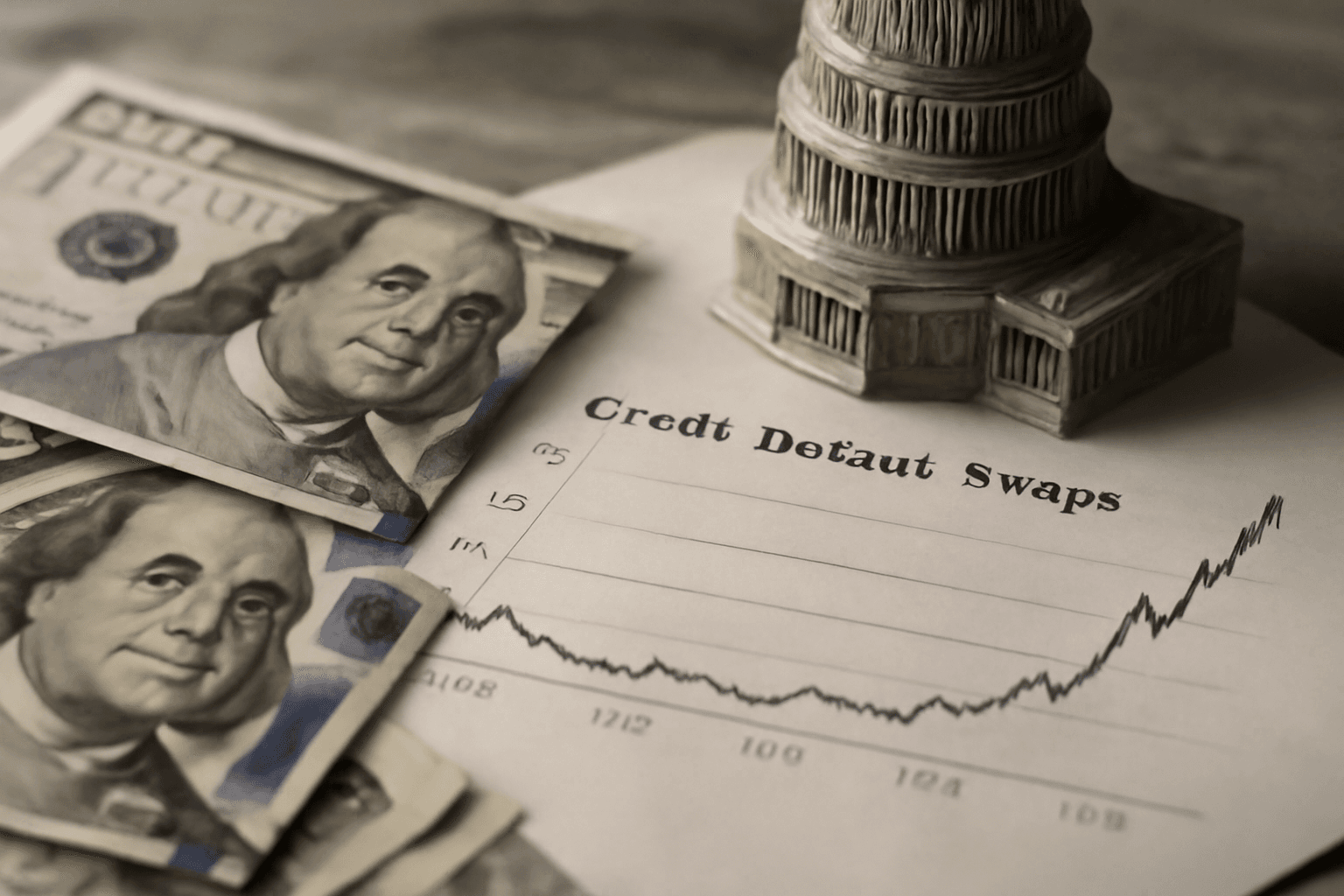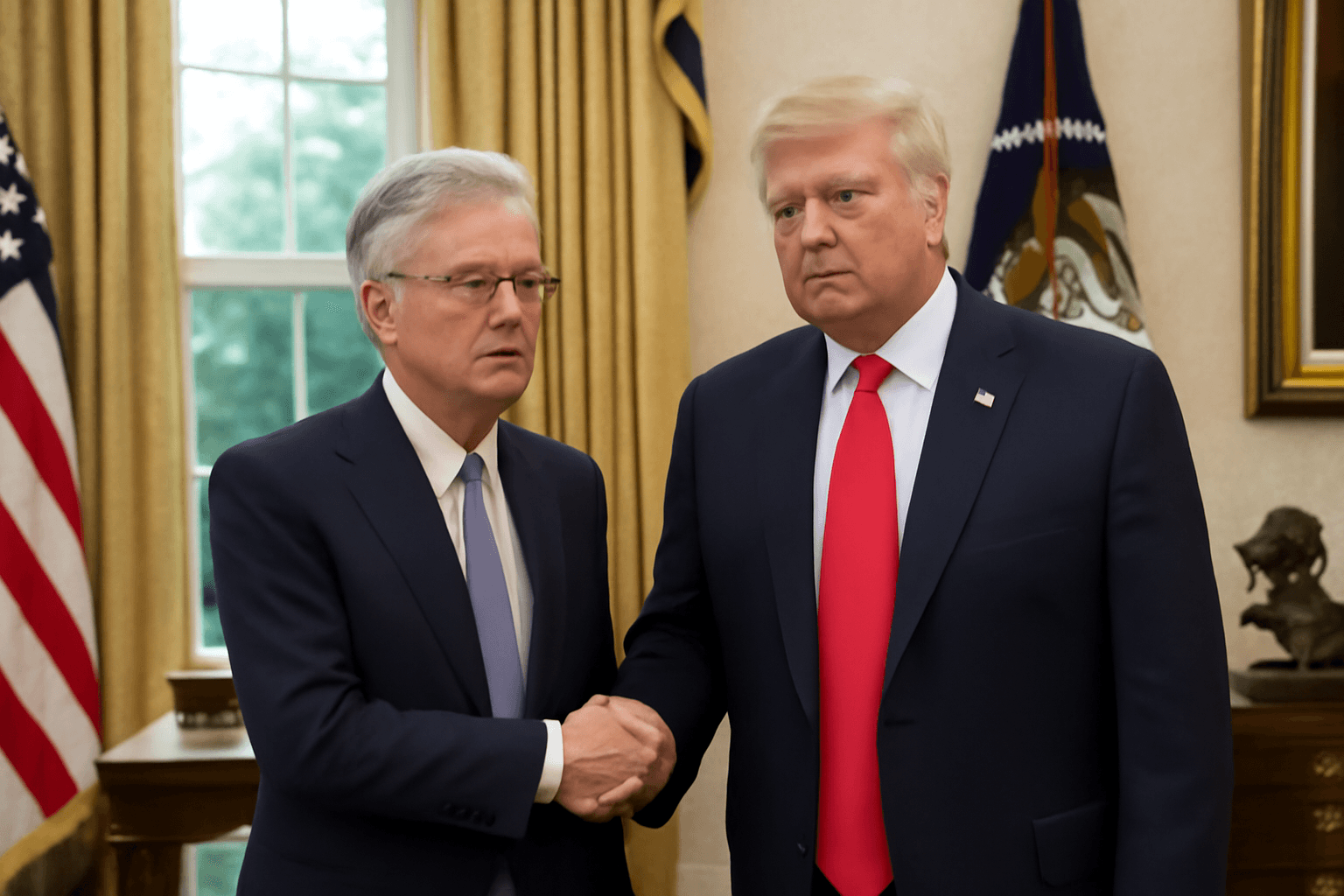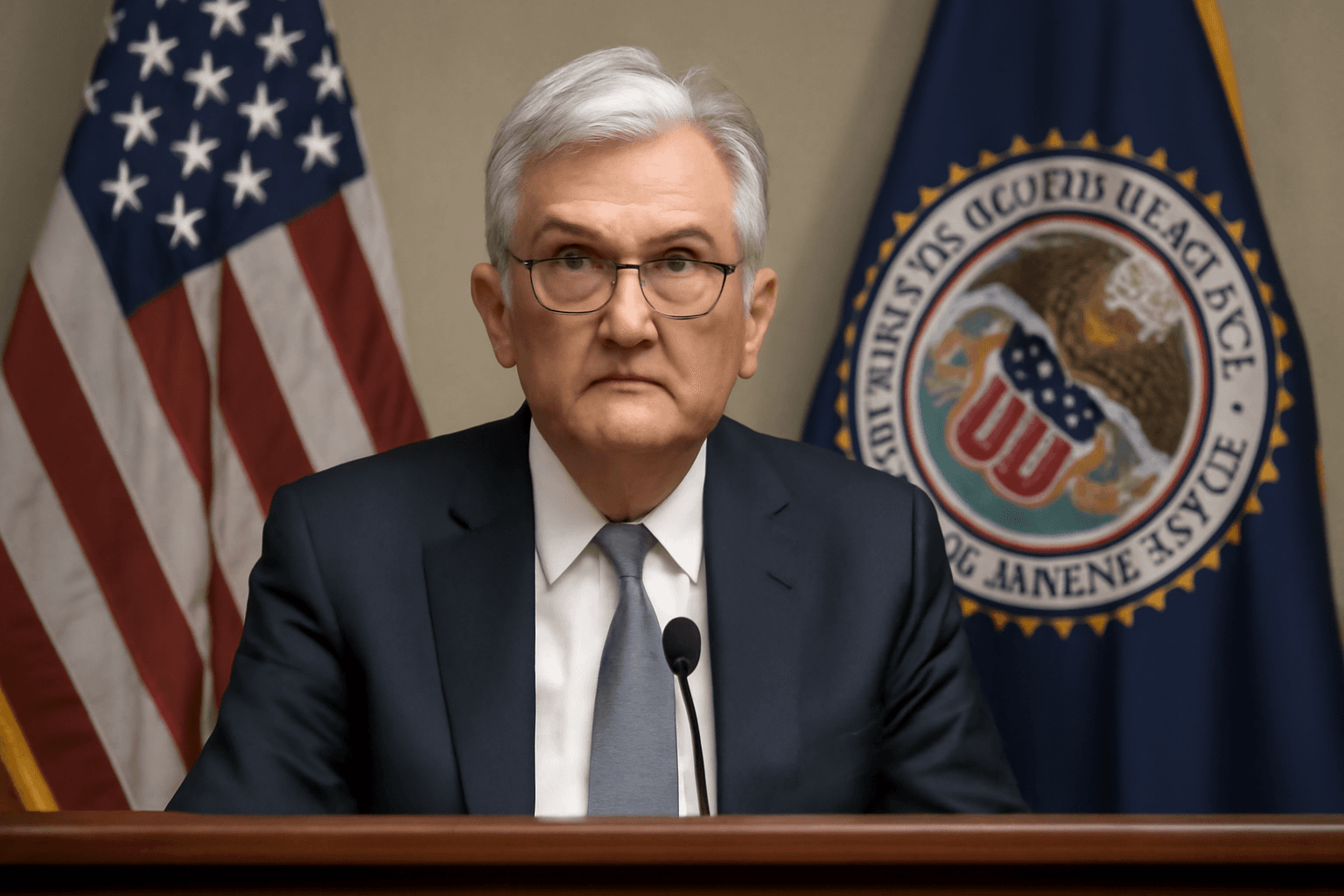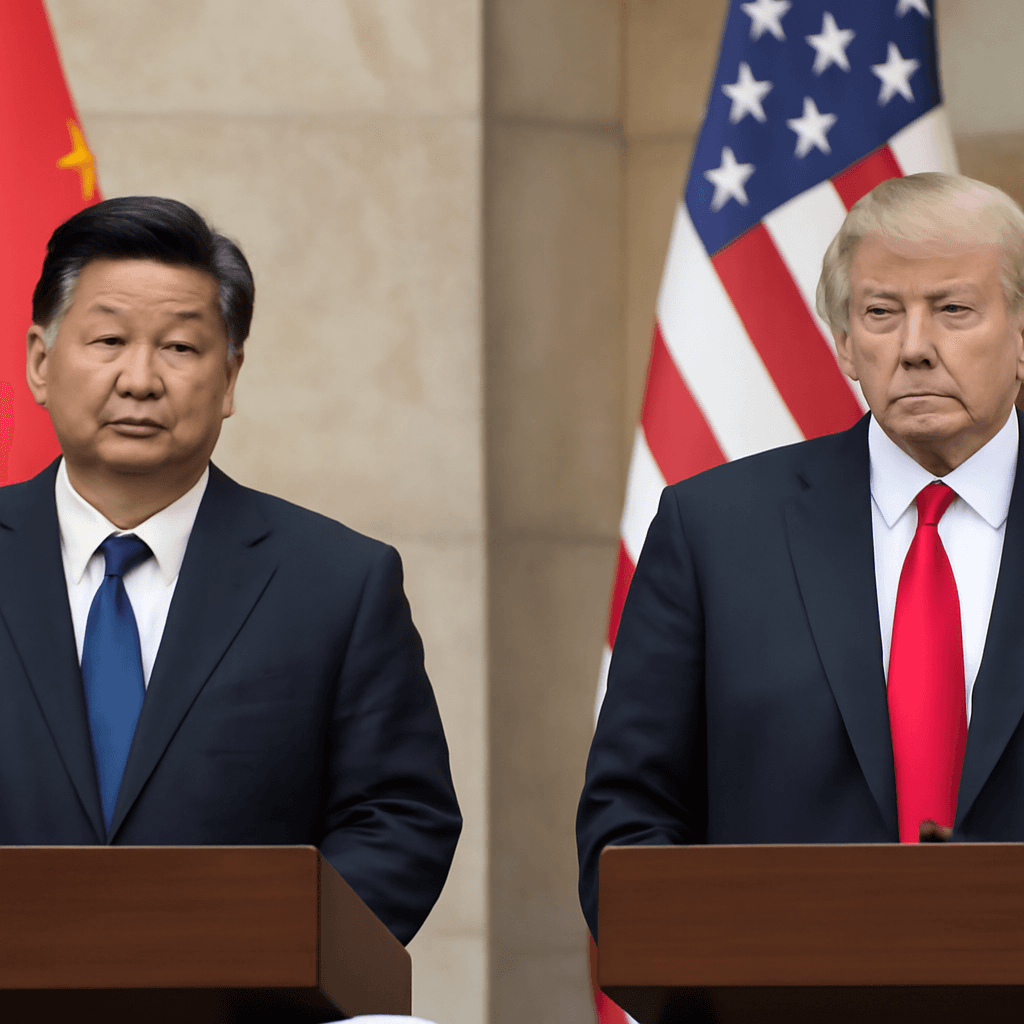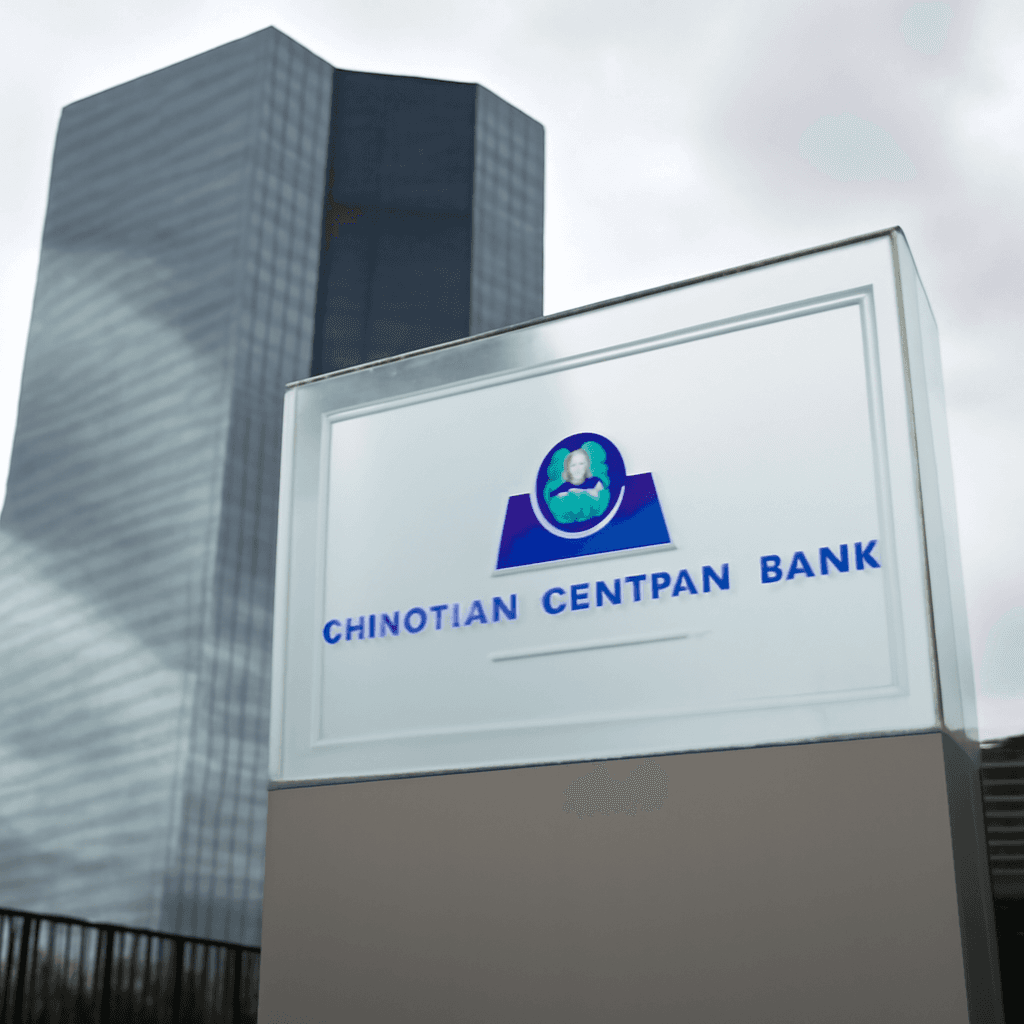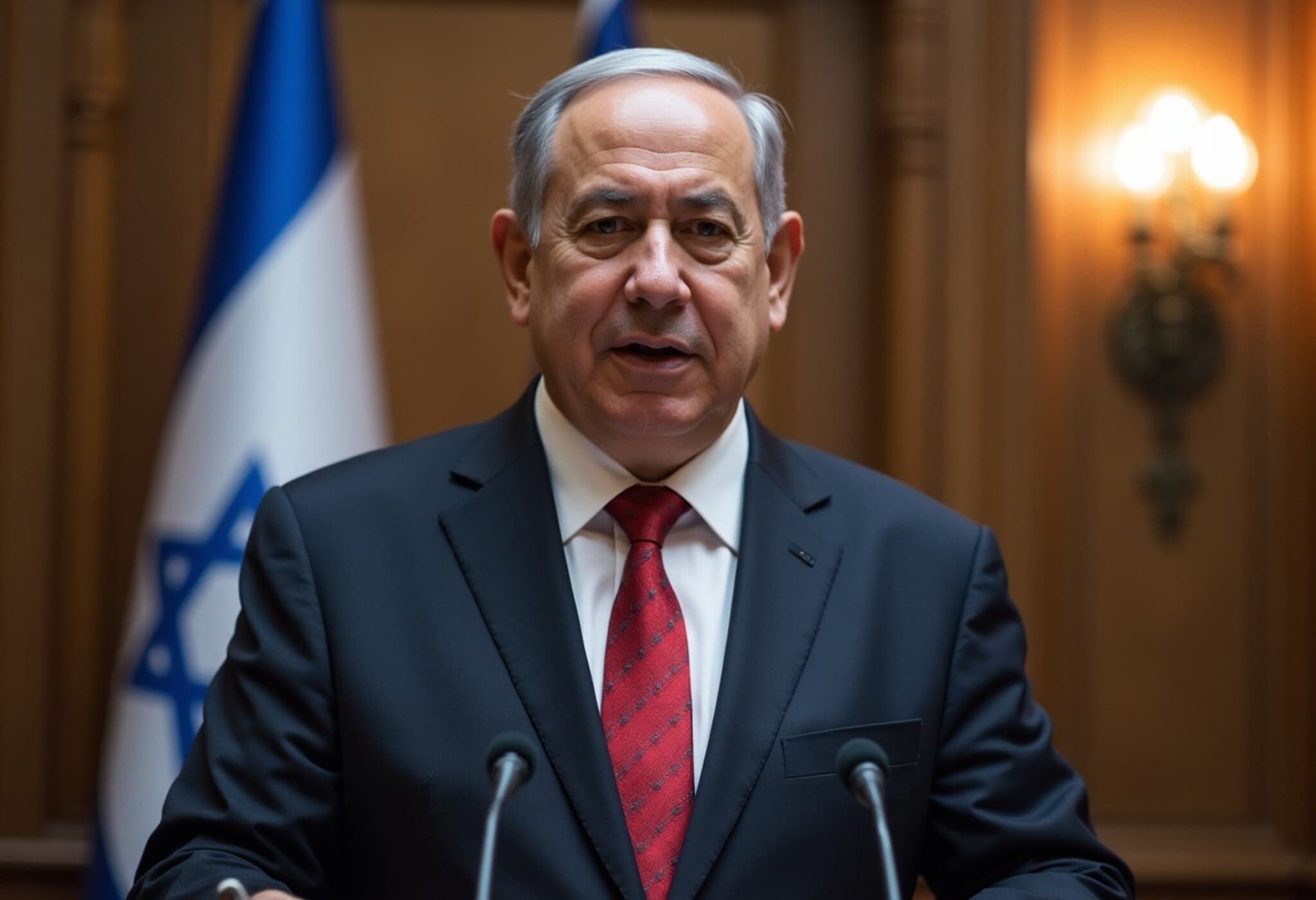China Maintains Lending Rates After Recent Cut
In a move expected by analysts, China kept its benchmark lending rates unchanged on Friday, following a notable rate cut last month. The People's Bank of China (PBOC) held the 1-year loan prime rate at 3.0% and the 5-year loan prime rate at 3.5%, signaling a cautious but stable approach amid shifting economic and trade dynamics.
Background: May Rate Cut and Trade Developments
In May, Chinese authorities implemented a rate cut of 10 basis points, the first since October, aiming to buffer the economy against ongoing trade frictions with the United States. This easing was accompanied by several commercial banks lowering deposit rates to help maintain their net interest margins.
Understanding China's Loan Prime Rates
The loan prime rate (LPR) in China serves as a key benchmark, based on rates submitted by a panel of commercial banks. The 1-year LPR primarily affects corporate and most household borrowing, while the 5-year LPR is closely tied to mortgage lending.
Trade Optimism Eases Growth Concerns
Trade tensions between China and the U.S. have somewhat subsided following a recent agreement where both sides agreed to uphold the consensus reached in Geneva in May. This includes allowing continued trade in rare earth elements and technology, and suspending certain tariff escalations. Such developments have alleviated some of the uncertainties weighing on economic growth.
Economic Outlook and Policy Adjustments
Reflecting these positive signs, leading analysts like those at Nomura have adjusted their expectations, reducing the forecasted rate cut for the last quarter of the year from 15 basis points to 10 basis points. However, they still anticipate a potential 50-basis-point reduction in the reserve requirement ratio.
Nomura economists also suggest that while immediate extensive fiscal stimulus is unlikely, China may increase policy support during the latter half of the year to counterbalance reduced proactive business activities.
Policymakers Express Confidence in Current Monetary Policy
Recent comments from Chinese officials convey a strong sense of satisfaction with the country's monetary strategy. Experts note an emerging trend to reserve interest rate adjustments and monetary easing for a supportive, rather than frontline, role while seeking alternative methods to boost growth.
Strengthening Currency and Financial Market Stability
At a prominent financial forum in Shanghai, the head of the State Administration of Foreign Exchange highlighted improved capabilities to manage foreign exchange market volatility. Meanwhile, PBOC Governor Pan Gongsheng reaffirmed China's ambition to expand the international usage of its digital yuan and advocated for a more multipolar global currency system.







